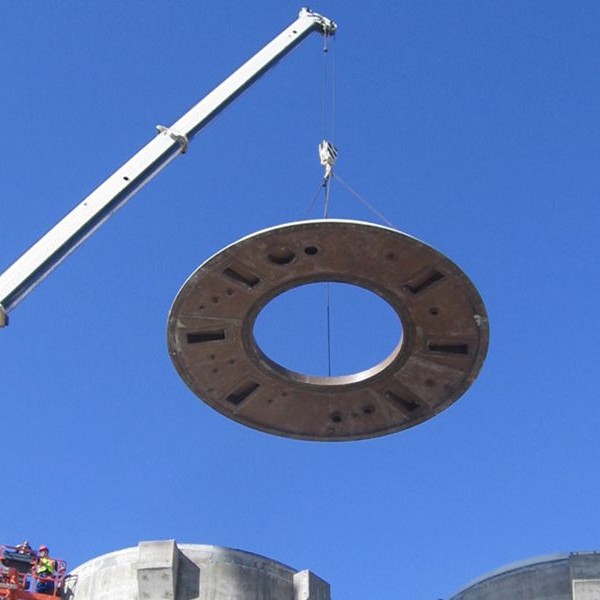
-
 Afrikaans
Afrikaans -
 Albanian
Albanian -
 Amharic
Amharic -
 Arabic
Arabic -
 Armenian
Armenian -
 Azerbaijani
Azerbaijani -
 Basque
Basque -
 Belarusian
Belarusian -
 Bengali
Bengali -
 Bosnian
Bosnian -
 Bulgarian
Bulgarian -
 Catalan
Catalan -
 Cebuano
Cebuano -
 China
China -
 China (Taiwan)
China (Taiwan) -
 Corsican
Corsican -
 Croatian
Croatian -
 Czech
Czech -
 Danish
Danish -
 Dutch
Dutch -
 English
English -
 Esperanto
Esperanto -
 Estonian
Estonian -
 Finnish
Finnish -
 French
French -
 Frisian
Frisian -
 Galician
Galician -
 Georgian
Georgian -
 German
German -
 Greek
Greek -
 Gujarati
Gujarati -
 Haitian Creole
Haitian Creole -
 hausa
hausa -
 hawaiian
hawaiian -
 Hebrew
Hebrew -
 Hindi
Hindi -
 Miao
Miao -
 Hungarian
Hungarian -
 Icelandic
Icelandic -
 igbo
igbo -
 Indonesian
Indonesian -
 irish
irish -
 Italian
Italian -
 Japanese
Japanese -
 Javanese
Javanese -
 Kannada
Kannada -
 kazakh
kazakh -
 Khmer
Khmer -
 Rwandese
Rwandese -
 Korean
Korean -
 Kurdish
Kurdish -
 Kyrgyz
Kyrgyz -
 Lao
Lao -
 Latin
Latin -
 Latvian
Latvian -
 Lithuanian
Lithuanian -
 Luxembourgish
Luxembourgish -
 Macedonian
Macedonian -
 Malgashi
Malgashi -
 Malay
Malay -
 Malayalam
Malayalam -
 Maltese
Maltese -
 Maori
Maori -
 Marathi
Marathi -
 Mongolian
Mongolian -
 Myanmar
Myanmar -
 Nepali
Nepali -
 Norwegian
Norwegian -
 Norwegian
Norwegian -
 Occitan
Occitan -
 Pashto
Pashto -
 Persian
Persian -
 Polish
Polish -
 Portuguese
Portuguese -
 Punjabi
Punjabi -
 Romanian
Romanian -
 Russian
Russian -
 Samoan
Samoan -
 Scottish Gaelic
Scottish Gaelic -
 Serbian
Serbian -
 Sesotho
Sesotho -
 Shona
Shona -
 Sindhi
Sindhi -
 Sinhala
Sinhala -
 Slovak
Slovak -
 Slovenian
Slovenian -
 Somali
Somali -
 Spanish
Spanish -
 Sundanese
Sundanese -
 Swahili
Swahili -
 Swedish
Swedish -
 Tagalog
Tagalog -
 Tajik
Tajik -
 Tamil
Tamil -
 Tatar
Tatar -
 Telugu
Telugu -
 Thai
Thai -
 Turkish
Turkish -
 Turkmen
Turkmen -
 Ukrainian
Ukrainian -
 Urdu
Urdu -
 Uighur
Uighur -
 Uzbek
Uzbek -
 Vietnamese
Vietnamese -
 Welsh
Welsh -
 Bantu
Bantu -
 Yiddish
Yiddish -
 Yoruba
Yoruba -
 Zulu
Zulu
Innovative Drill Bit Technologies Revolutionizing Efficiency and Performance in Rock Drilling Operations
Bit for Rock Drilling A Comprehensive Overview
Rock drilling is a vital process in various industries, including construction, mining, and oil exploration. At the heart of this process lies the drill bit, a crucial tool that directly impacts the efficiency and effectiveness of drilling operations. In this article, we will explore the significance of drill bits, their types, and the technological advancements in rock drilling.
The Importance of Drill Bits
Drill bits serve as the cutting mechanism of drilling equipment, breaking through rock formations to create boreholes for exploration or exploitation purposes. The choice of drill bit is pivotal, as it can influence the rate of penetration (ROP), overall drilling efficiency, and the quality of the borehole. A poorly selected bit can lead to increased operational costs, extended project timelines, and potential safety hazards. Thus, understanding the different types of bit technologies and their applications is essential for any drilling operation.
Types of Drill Bits
1. Percussion Bits These bits operate on the principle of impact, where a heavy weight strikes the bit to fracture the rock. They are commonly used in hard rock drilling and are renowned for their durability. Two common types are the roller-cone drill bit and the diamond bit. The roller-cone bit features rotating cones with sharp teeth that effectively crush the rock, while diamond bits utilize synthetic diamonds to cut through tough formations.
2. Rotary Bits Rotary drill bits are designed to grind and scrape the rock rather than relying solely on impact. These bits come in various configurations, such as fixed-cutter bits, which use a series of immovable cutting elements, and drag bits, which glide over the rock surface. Fixed-cutter bits can be crafted from materials such as polycrystalline diamond (PDC), making them suitable for a range of geological conditions.
bit for rock drilling

3. Specialty Bits Some drilling scenarios require specialized bits designed to address unique challenges. For example, core bits are utilized for obtaining cylindrical rock samples for analysis, and reaming bits are designed to enlarge existing boreholes. Additionally, bits equipped with specific features, such as water channels for cooling and lubrication, further optimize the drilling process.
Technological Advancements
In recent years, technology has significantly enhanced the performance and capabilities of drill bits. Innovations in materials science, such as the development of stronger composites and advanced coatings, have extended the life of drill bits under extreme conditions. Modern computer modeling and simulation tools allow engineers to predict the behavior of bits in various geological formations, optimizing design and performance.
Furthermore, the integration of real-time data analytics and monitoring systems during drilling operations has improved decision-making processes. These technologies enable operators to adjust drilling parameters dynamically, ensuring optimal performance and minimizing wear on drill bits, subsequently leading to reduced downtime.
Conclusion
The choice of drill bit is a fundamental aspect of rock drilling that can significantly affect operational success. With various types of bits available, each designed for specific applications and geological conditions, it is crucial for drilling professionals to understand their features and utilize the appropriate technology. As advancements continue in materials and design, the future of rock drilling appears promising, with enhanced efficiency, reduced costs, and safer operations on the horizon. In this ever-evolving landscape, a solid understanding of drill bits will empower professionals to make informed decisions, ultimately driving the industry forward.
Latest news
-
Exploring the Benefits of Top Hammer Drifter Rods for Enhanced Drilling PerformanceNewsJun.10,2025
-
High-Precision Fiberglass Winding Machine for GRP/FRP Pipe Production – Reliable & Efficient SolutionsNewsJun.10,2025
-
FRP Pipes & Fittings for Shipbuilding - Corrosion-Resistant & LightweightNewsJun.09,2025
-
Premium FRP Flooring Solutions Durable & Slip-ResistantNewsJun.09,2025
-
Premium Fiberglass Rectangular Tanks Durable & Lightweight SolutionNewsJun.09,2025
-
Tapered Drill String Design Guide Durable Performance & UsesNewsJun.09,2025









